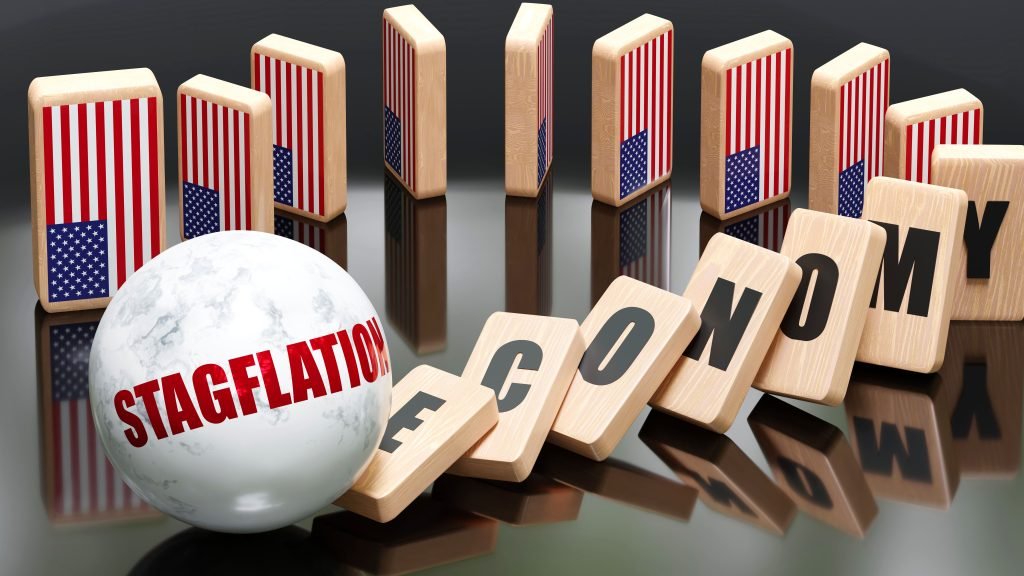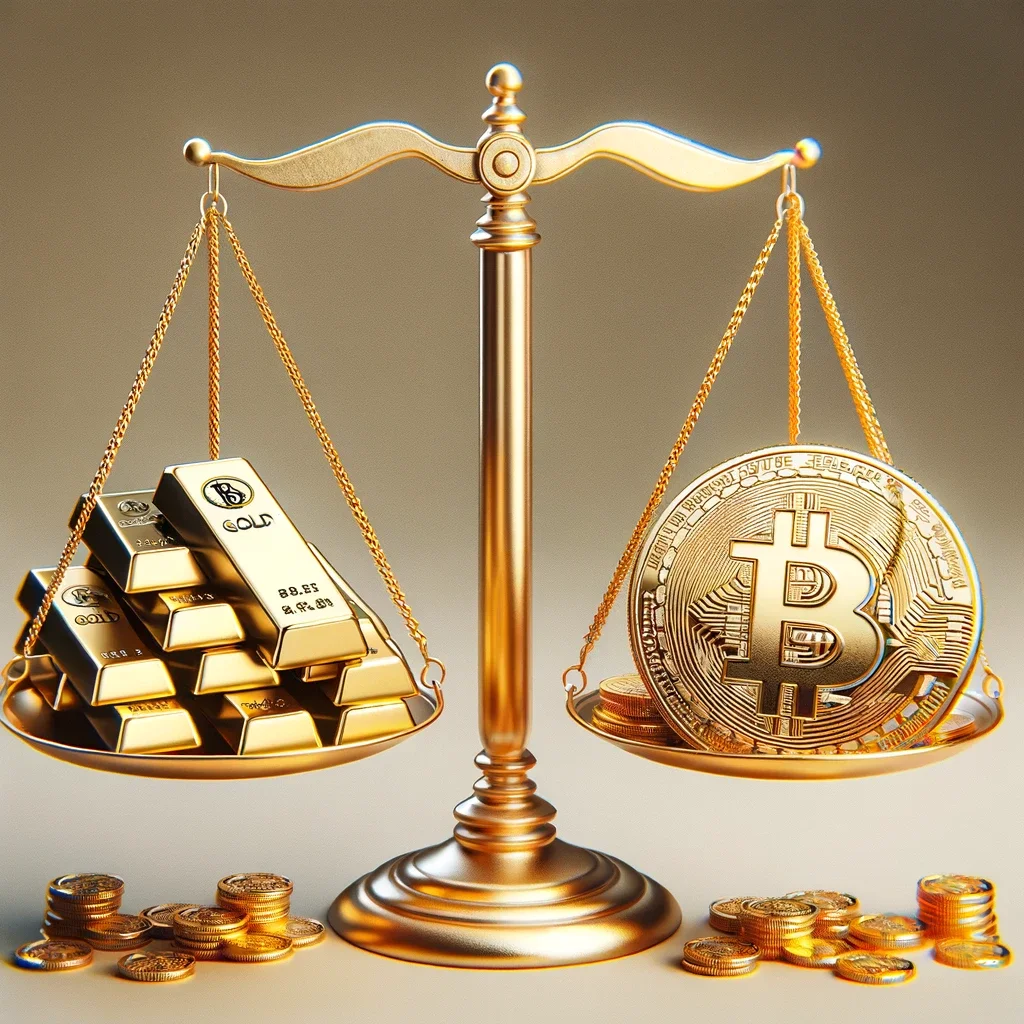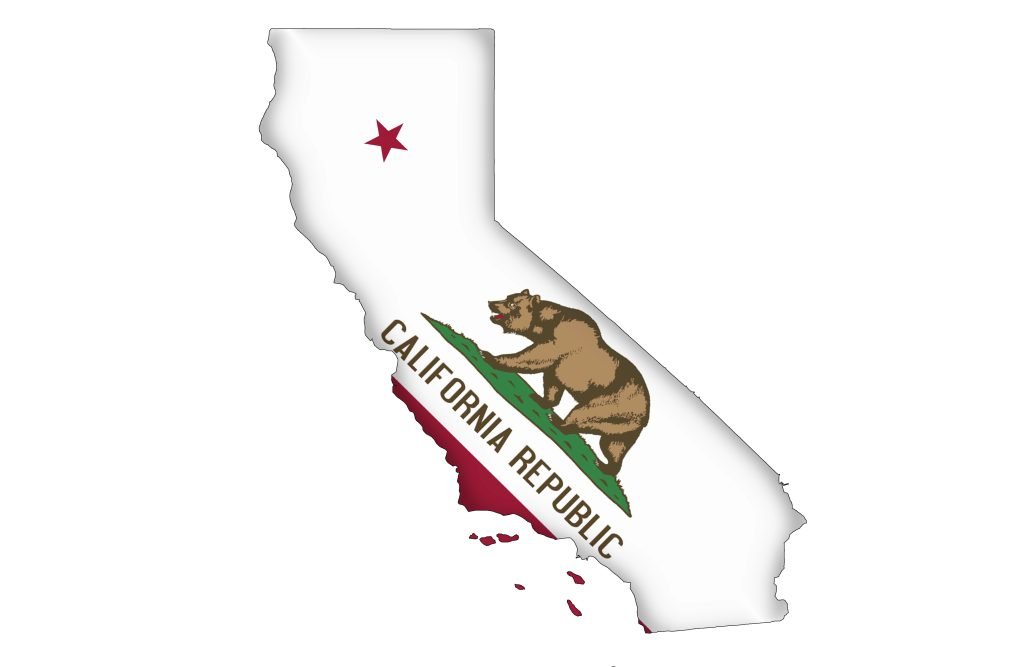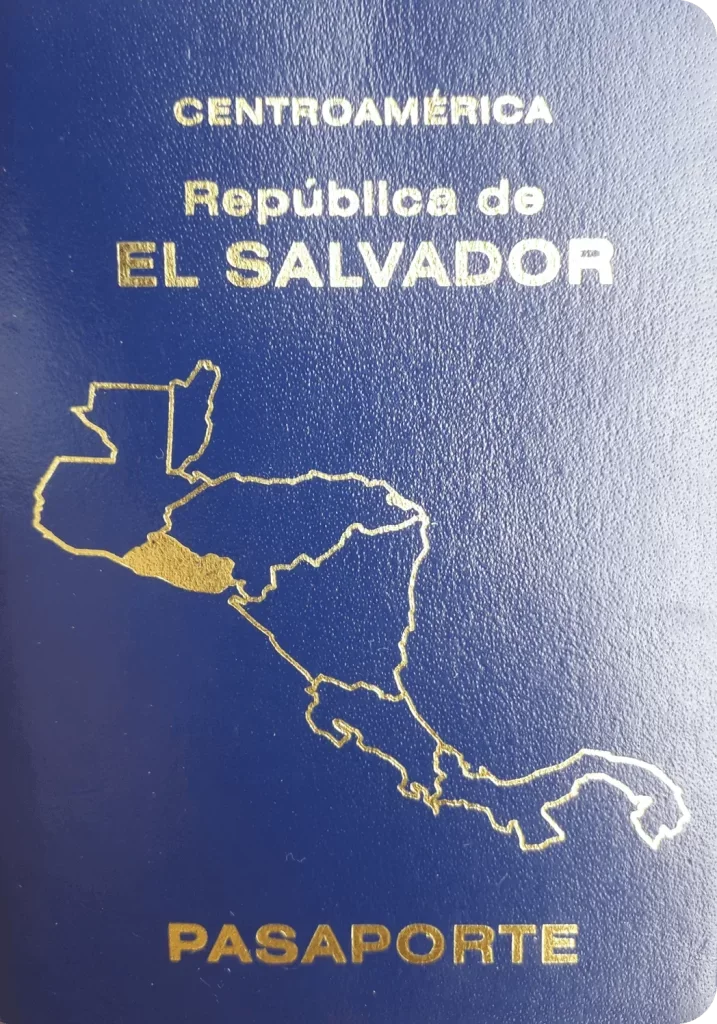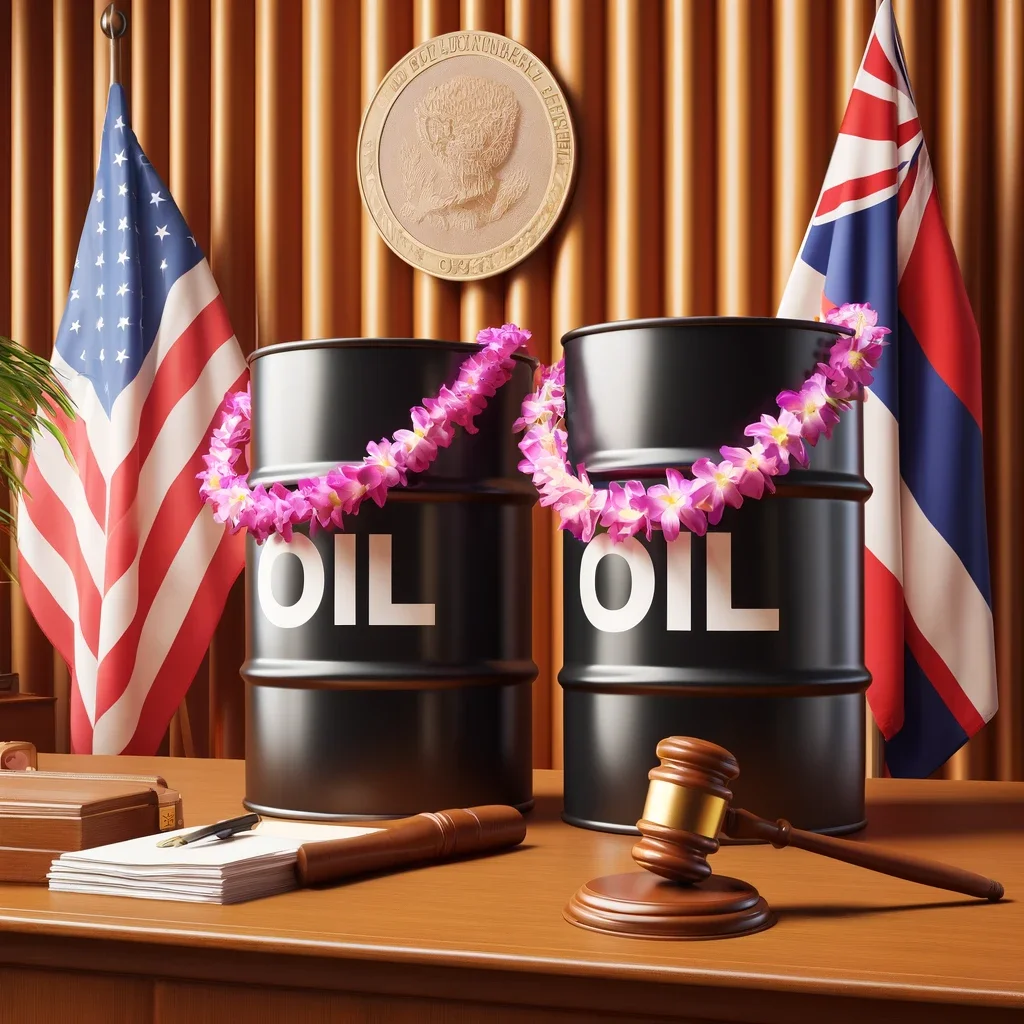December 2, 2011
Santiago, Chile
Last night I had some close friends over for dinner and a few bottles of Chile native Carmenere wine. A lot of the conversation focused on food– we’re all very conscious about what we put in our bodies and tend to reject the garbage that passes for food in ‘developed’ countries up north.
There’s so much chemical poison in food these days– trans fats and hydrogenated oils, high fructose corn syrup, aspartame, and a host of ingredients that were manufactured in laboratories rather than grown on farms. Many have been linked to various forms of cancer, liver disease, diabetes, etc.
And yet, they’re all perfectly legitimate. Governments certify such dangerous chemicals are fine. We have organizations like the FDA, CFIA, FSA, etc. to tell us what is safe and what is not… what we can and cannot put in our bodies.
Never mind that they consistently fail.
Just days ago, in fact, a new study published by Consumer Reports showed that many children’s fruit juices being sold on grocery shelves actually contain high levels of arsenic.
All of this is why our resilient community project has such an intense focus on organic agriculture. Think about it… in difficult economic times with rising input costs and oil prices, do you think the Big Ag companies aren’t willing to cut a few corners for the sake of profitability?
I’m not taking this risk… and it’s a big reason why we’re investing so much in our own agriculture here in Chile. More on that later, let’s move on to this week’s questions.
First, Ashok asks, “Simon- I know you held a conference call earlier this week to discuss the resilient community project in Chile and an upcoming event to tour the property. Are any slots still available to come down?”
Unfortunately, no, not at the moment. Both weekend events to come down here and tour the property sold out in just 6 1/2 minutes. Given the wait list, though, it’s clear we’re going to have to organize more events. Stay tuned for more details about that.
Next, Carolina asks, “Simon, you seem fairly bearish on financial markets at the moment. Can you explain why?”
Easy. The financial system is completely broken. Markets are supposed to match willing buyers with willing sellers to determine the true equilibrium price for a particular product, service, or asset.
This ‘price discovery’ is no longer happening. Every day, asset prices around the world rise and fall based on politics, rumors, and manipulation– not any sense of value. One day it’s RISK ON, the next it’s RISK OFF. One day everyone’s buying stocks, the next day some rumor causes them to run for the exit.
Not to mention, can we really have much certainty what’s on anyone’s books anymore? Trillions of dollars are sitting on corporate balance sheets, typically invested in sovereign debt.
Years ago, sovereign debt used to be considered a safe ‘cash equivalent’. Today, not so much. With so many insolvent governments teetering on the edge of bankruptcy, ALL of this money is at risk.
The MF Global disaster (the eighth largest bankruptcy in US history) should have underscored this point in spades. But apparently the market has a very, very short memory. Just 32 days later, MF Global is forgotten, and it’s RISK ON once again.
Famed hedge fund manager Mark Mobius recently summed it up nicely when he said, “There’s definitely going to be another financial crisis around the corner because we haven’t solved any of the things that caused the previous crisis.”
On that note, Roger asks, “Simon, there’s a lot of uncertainty in the world. One day stocks are soaring because of central bank intervention, and the next day stocks tank because of these sovereign risks. What’s an investor to do?”
I certainly can’t give any personal financial advice, but I will say what I’m doing.
For the most part, I’m investing my time, energy, and money in agriculture down here in Chile. Regardless of what happens– stability or calamity, inflation or deflation, this investment will literally bear fruit.
I’ve also purchased precious metals recently– not for investment, but simply as a safe haven “anti-currency”. I’m also holding a fair amount of cash (including physical currency sitting in my safe) and waiting patiently for markets to seize and asset prices to crash.
The only exceptions I have to this rule are Tim Staermose’s proven 4th Pillar trading strategy, as well as some very lucrative private investment opportunities in Mongolia. My boots on the ground analysis there leads me to believe that Mongolia will prosper, whether inflation, deflation, or stagnation occurs.
